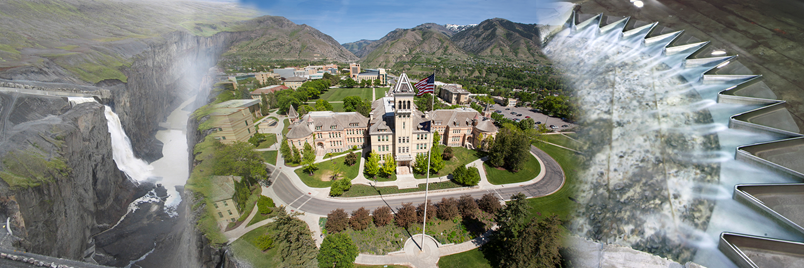Location
Denver, CO
Start Date
6-25-2019 12:00 AM
End Date
6-27-2019 12:00 AM
Description
HEC-RAS 5.0 (2D) has been increasingly used by the dam safety community for performing dam breach and other hydraulic analyses since its debut in 2015. While this two-dimensional hydraulic modeling software has wide applications in dam breach analysis and urban flood simulation, its ability to analyze complex multidirectional flow problems can also be used as a design tool for spillways, overtopping protection, and other hydraulic structures. In this manuscript, the authors discussed their experience using HEC-RAS and other two-dimensional hydraulic models to design and assess various hydraulic structures. This includes: 1) sizing spillway outlet channels and assessing the hydraulic adequacy of training dikes, especially where non-linear or super-elevated flow conditions are anticipated; 2) using depth, velocity, and shear stress outputs to design erosion/overtopping protection for vegetated spillways, lined channels, and earthen embankments; 3) designing temporary diversions to facilitate construction within rivers, reservoirs, or other waterways; and 4) identifying and assessing potential failure modes (e.g. erosion and headcutting of vegetated spillways). Insights are shared to help the audience understand when a two-dimensional modeling approach is effective and appropriate.
Included in
Beyond Floodplain Analysis: A Modeler’s Experience Using HEC-RAS 2D for Spillway Assessments and Designs
Denver, CO
HEC-RAS 5.0 (2D) has been increasingly used by the dam safety community for performing dam breach and other hydraulic analyses since its debut in 2015. While this two-dimensional hydraulic modeling software has wide applications in dam breach analysis and urban flood simulation, its ability to analyze complex multidirectional flow problems can also be used as a design tool for spillways, overtopping protection, and other hydraulic structures. In this manuscript, the authors discussed their experience using HEC-RAS and other two-dimensional hydraulic models to design and assess various hydraulic structures. This includes: 1) sizing spillway outlet channels and assessing the hydraulic adequacy of training dikes, especially where non-linear or super-elevated flow conditions are anticipated; 2) using depth, velocity, and shear stress outputs to design erosion/overtopping protection for vegetated spillways, lined channels, and earthen embankments; 3) designing temporary diversions to facilitate construction within rivers, reservoirs, or other waterways; and 4) identifying and assessing potential failure modes (e.g. erosion and headcutting of vegetated spillways). Insights are shared to help the audience understand when a two-dimensional modeling approach is effective and appropriate.


